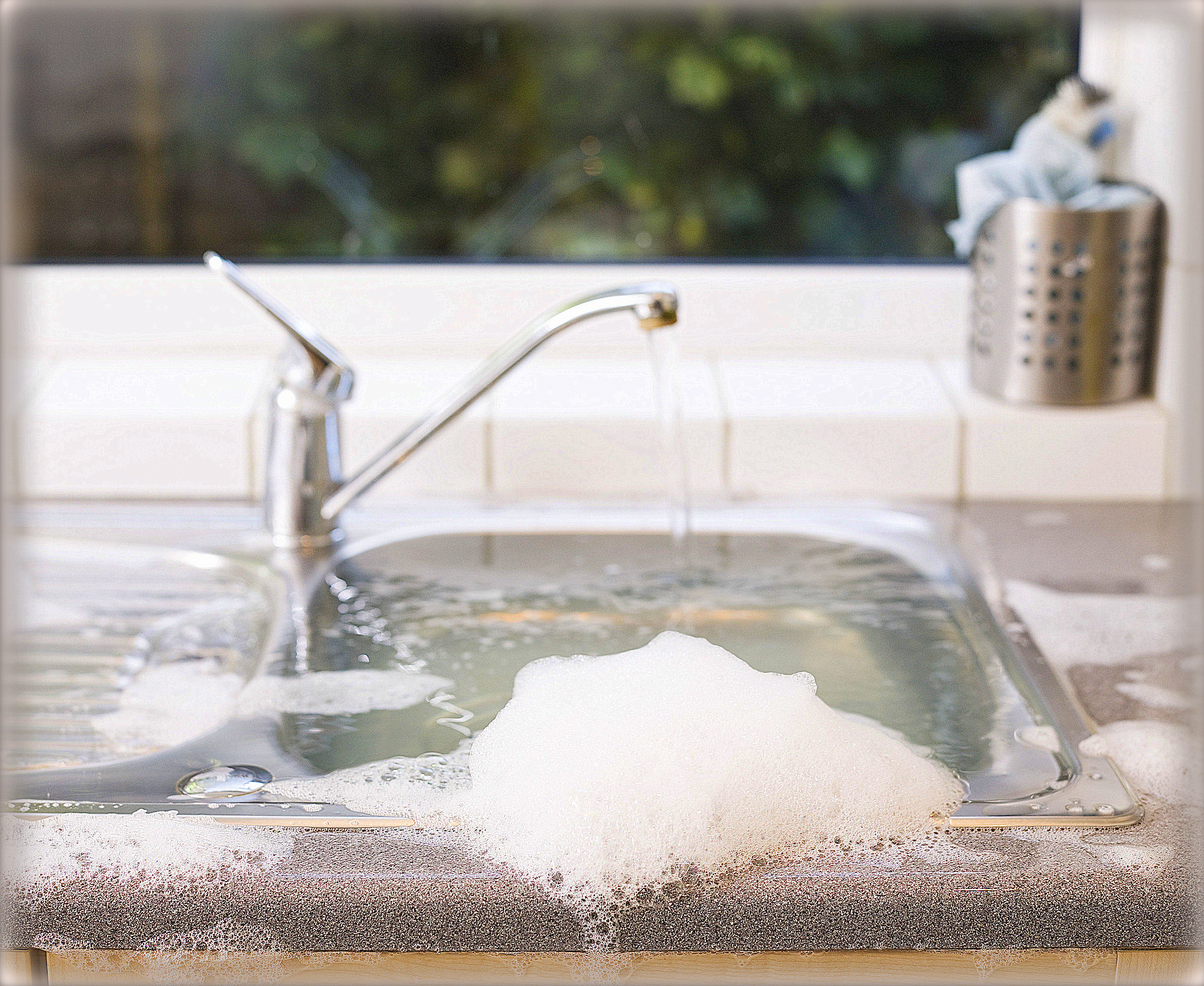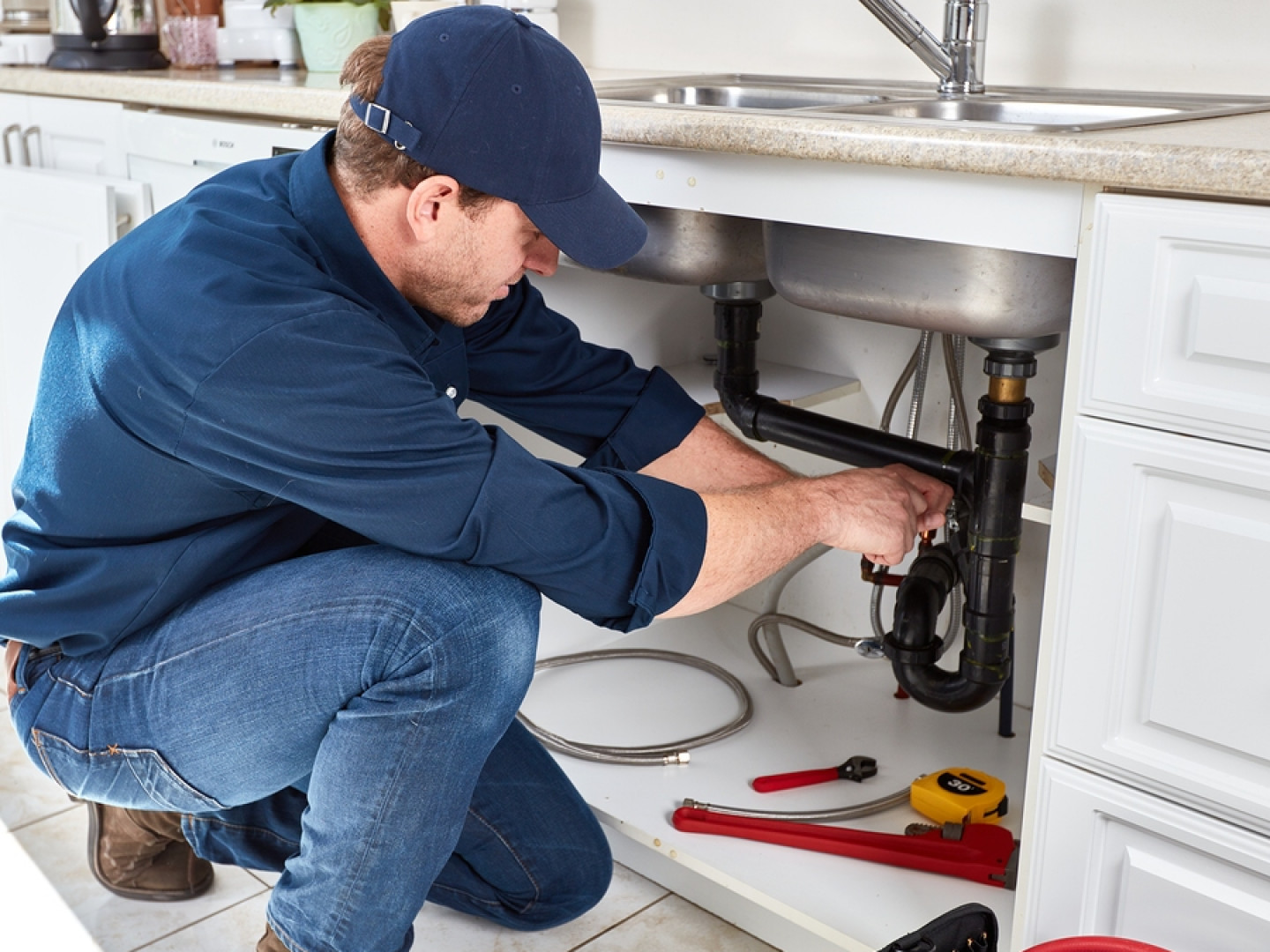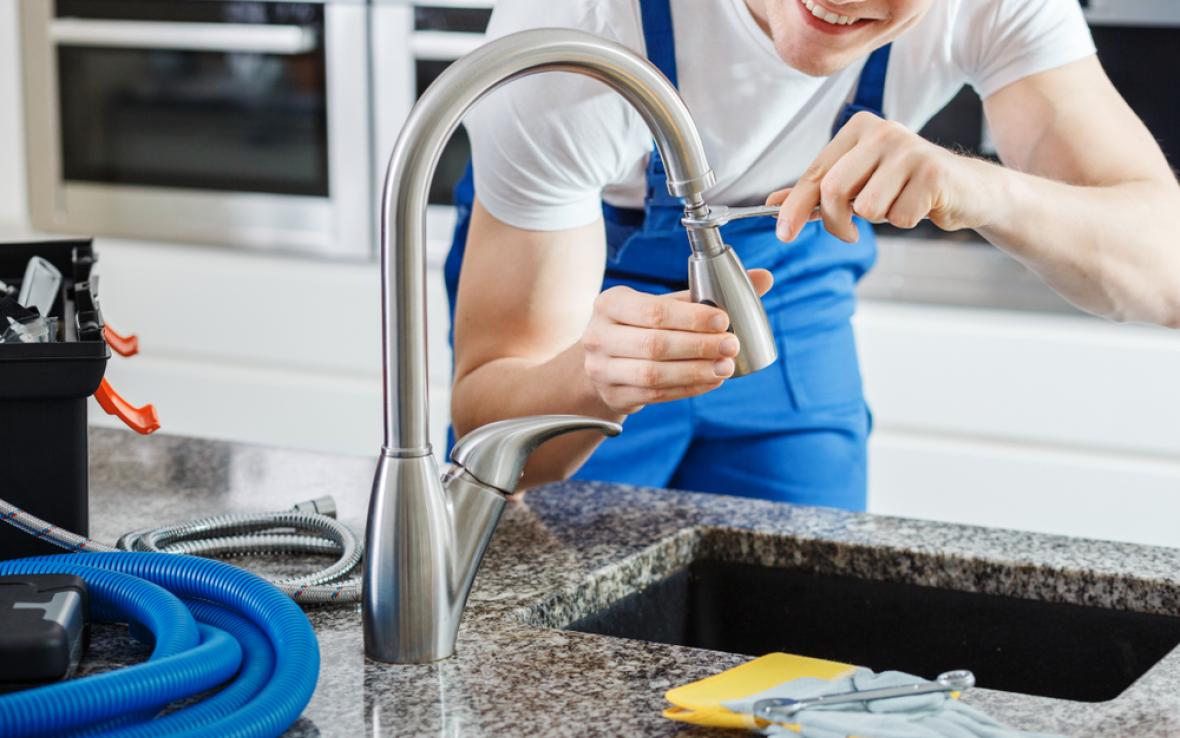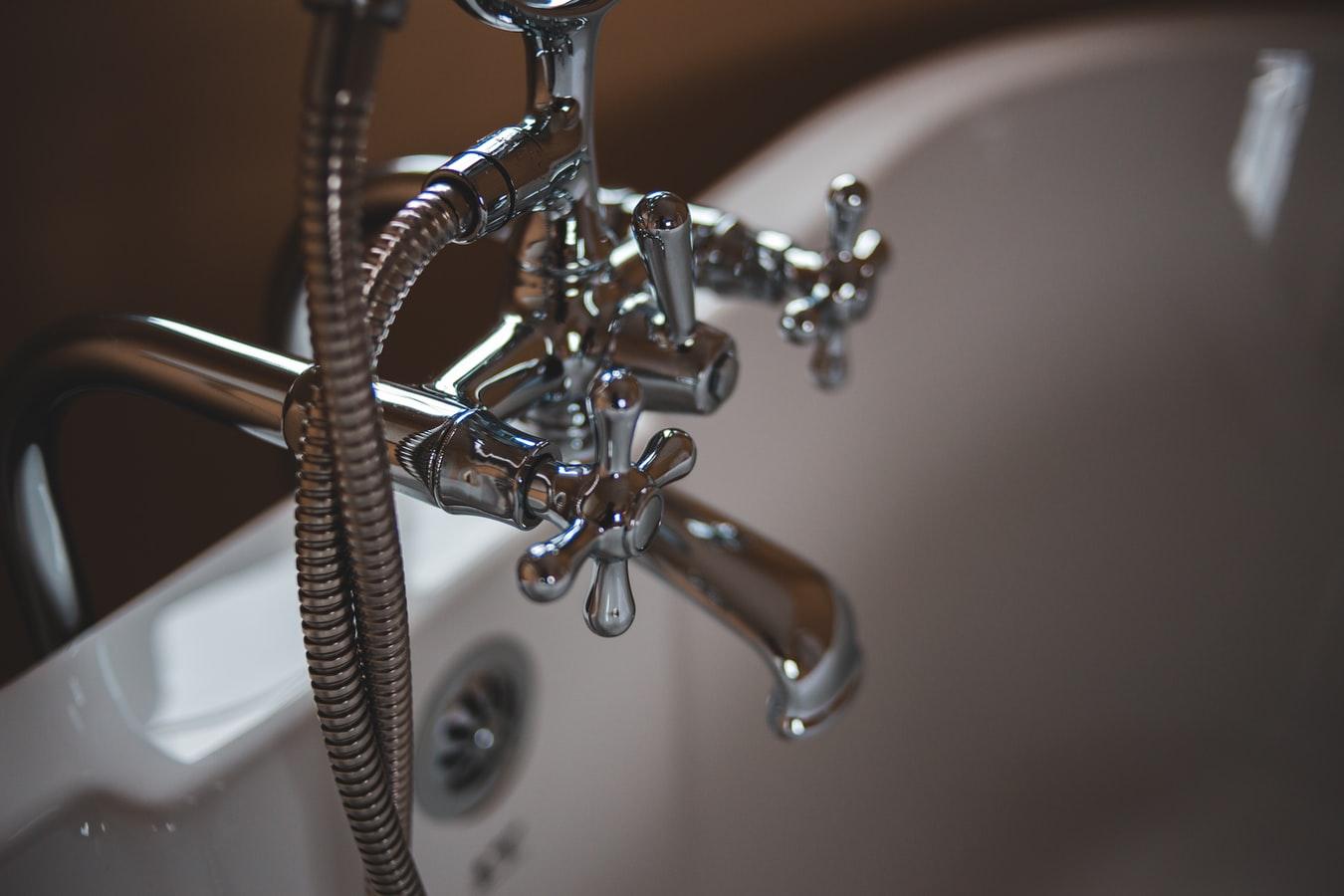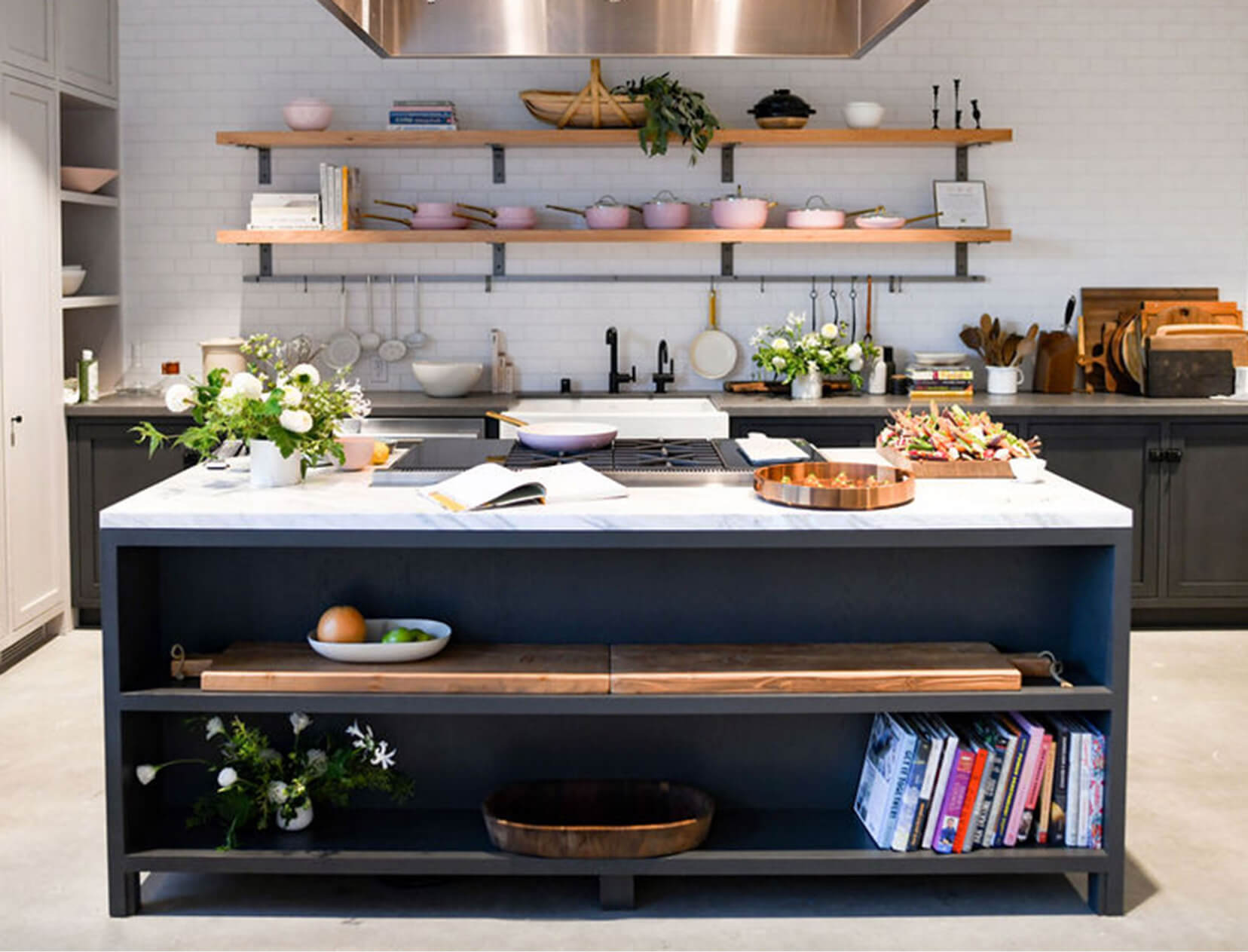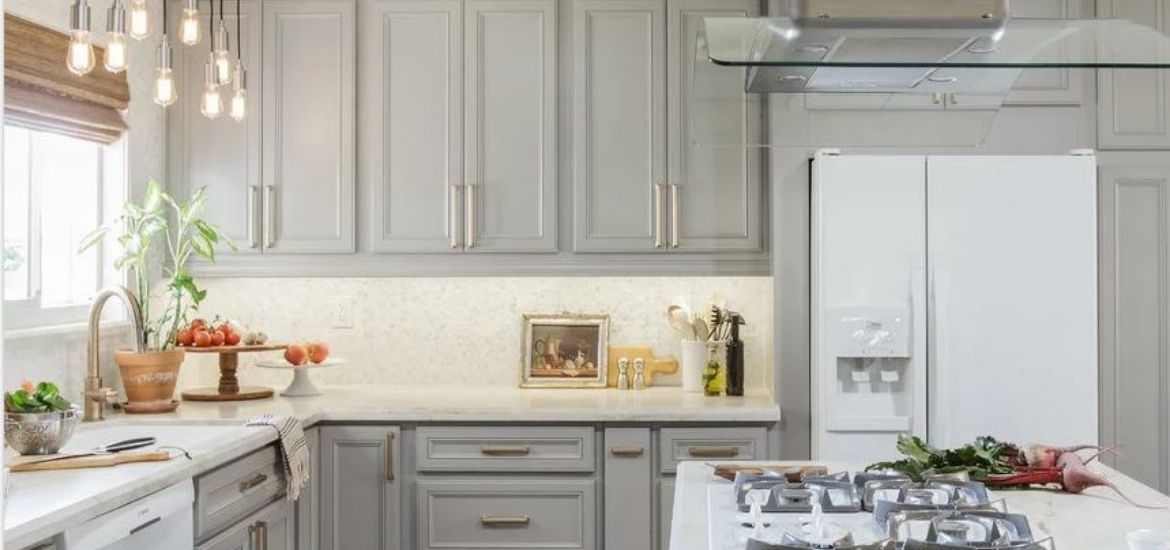There are various reasons why you’d want to sell your current home. Perhaps you’re expanding your family and need larger living space. Or you could be relocating to a new country to pursue your dream career. You could even be going through financial hassles and are looking for ways to make some extra money.

Irrespective of your reasons for selling your house, you’d want to get a good bargain. While various factors affect a property’s resale value, one of the most crucial parameters is maintenance and upkeep.
If an interested buyer realizes they’ll have to spend lots of money on basic repairs before they can start living on a property, chances are they’ll walk away without making a purchase.
Depending on how old the property is, there might be many visible defects and issues that could degrade its resale value. That’s why it is always a good idea to renovate your home before putting it out into the real estate market.
But here’s the thing – most homeowners only focus on revamping the interiors. You’d likely re-paint the walls and get some plumbing and electrical work done. You might even install a new lighting system and do a bit of remodeling to attract potential buyers.
In this process, you’ll end up forgetting that your property needs to make an outstanding first impression as soon as the buyer glances upon it. In other words, you need to focus on the exterior renovation as well.
But an exterior renovation project isn’t just about slathering the walls with fresh paint and calling it a day. From installing a new driveway to landscaping the surroundings – you can use various exterior renovation strategies to make sure your home captivates the buyers at first sight.
If you want to successfully renovate your home’s exterior, you need a well-defined plan and budget. Also, you have to hire reliable and vetted professionals to carry out various tasks. In this blog, we’ve curated a few home exterior renovation tips to help you get started. Let’s take a look.
1. Outline a Plan
As with any house project, you should start with a clear and well-defined renovation plan. Walk around your property to identify and list the repairs and improvements you’d like to get done in the order of descending priority.
Next, consult reliable vendors or independent contractors to get an idea of how much time each task will take. Create a tentative timeline based on their recommendations. Also, ask them for more cost-effective ways to enhance the exterior.
This is also a good time to make alternate arrangements to access and live on the property. For instance, if you’re landscaping the lawn, you’ll have to shift all your plants to the balcony or terrace. Likewise, if you’re repairing the driveway, you’ll need to park your car on the road until the driveway is available for use.
2. Time It Right
The local weather plays a crucial role in influencing the quality and duration of the exterior renovation. The last thing you want is to stop the project mid-way because of an impending storm. Worse still, heavy rainfall could damage the newly constructed roof or even damage your property.
It’s wiser to check the weather forecast in your area before the contractors start working on your property. Ideally, the weather should be bright, sunny, and dry so that the paint, concrete, and other building materials dry up faster.
3. Set a Realistic Budget
Consult experienced contractors for each task and allocate a practical home renovation budget. Make sure you accommodate various costs, including the price of building materials, tools, and labor charges. Also, leave room for miscellaneous expenses, such as permits and contracts.
4. Don’t Ignore the Driveways
Your home’s driveway is likely the first thing that’ll catch a buyer’s attention as soon as they set foot on the property. It’s a good idea to repair any noticeable stains, cracks, and holes. If the driveway is extensively damaged, you could consider getting a new one installed.
Make sure you find trusted and verified driveway installers who are familiar with your neighborhood. For instance, if your property is located in Darlington, it makes more sense to hire driveway installers in Darlington who have a deep understanding of the area’s weather and topography. They’ll recommend the right material, pattern, and design based on your property’s location.
5. Pay Attention to the Lights
Installing attractive and efficient light fixtures outside your property enhances its visual appeal. Primary areas that need illumination include the driveway, gate, and front door. Find ways to highlight the unique design elements surrounding your house. If you’re landscaping the garden, you could also consider installing lights around it.
What other strategies have you used to increase your home’s resale value? Share your suggestions in the comments section below.

